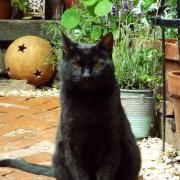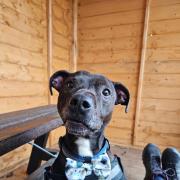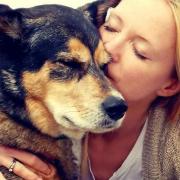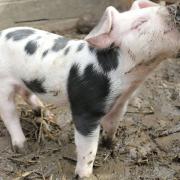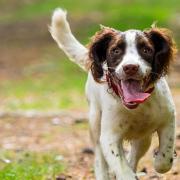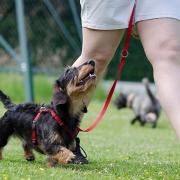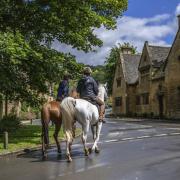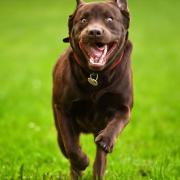Animal behaviour expert Muriel Brasseur continues her explanation of some of the myths surrounding man’s best friend
1 Some dogs just want to please
This myth is firmly rooted in anthropomorphism - explained simply, we like to attribute human characteristics to non-human creatures and in particular to our pets. Dogs are not born with an innate desire to please humans, but instead are motivated by attention, food, praise, toys and games or any pleasurable reward. Ultimately, dogs work out what’s beneficial for them and how to get the best from their environment. Some dogs are more motivated than others and will work harder to get rewards, and therefore are often labelled as dogs that ‘really want to please’.
2 You can’t teach an old dog new tricks
There is no evidence to suggest that older dogs cannot learn new cues and behaviours, and established behaviours are not barriers to learning new behaviours. Dogs need mental as well as physical stimulation throughout their lives. As long as a dog is healthy, comfortable and pain-free and enjoys short training sessions, there is no reason why he or she cannot learn new tricks. Just make sure you use gentle positive reinforcement and that you are not forcing your will on your older companion if he or she does not show interest or appears to be avoiding training.
3 Dogs that growl are aggressive
Growling is used to respond to a perceived threat, signifying that there is likely to be an escalation in aggression should the threat continue. Growling can be used in a variety of contexts and does not mean a dog should necessarily be labelled as aggressive. A dog may growl because he is in pain and is trying to avoid being handled. A timid, or older dog may growl at a boisterous and bouncy puppy’s repeated attempts at boisterous play. A dog on lead may growl if being charged at by an off-lead dog. A nervous dog or a dog with a lack of early positive experiences around people and dogs may growl if put in a situation where he cannot cope. Growling is the warning system that comes before snapping and biting - behaviours used as a last resort when a dog has previously tried unsuccessfully to use a non-confrontational strategy. Some dogs, having learnt that avoidance strategies did not previously get them out of trouble, will automatically default to growling and a more aggressive stance when faced with a potential threat.
4 Playing tug-of-war makes dogs aggressive
Another popular myth and you may even have read this in books in the past. However, recent studies carried out by behaviour scientists at the University of Bristol to test this theory, found no evidence to support it. One study also demonstrated that the assumption the human must always win the game to be irrelevant. Playing tug-of-war will not encourage your dog to become aggressive, however, it is important to teach your dog some good impulse control via a take it and release command, and to avoid games getting out of hand. Playing rough and tumble with puppies is not recommended as it is likely to encourage rough play with dogs and humans in adult life.
5 Comforting and petting a frightened dog will reward and reinforce the fear
Until fairly recently, it was believed that to comfort a dog frightened of say, fireworks, thunder, traffic, other dogs, etc. could act as a reinforcer which could help perpetuate or worsen the fear. However, recent studies have also refuted this. All dogs are different and for some, close proximity and a little reassurance from their owners when they are frightened actually enables them to cope. Calm and relaxed reassurance with minimal fuss will prevent communicating anxiety to your dog so try not to go overboard.
6 There is no point giving dogs toys as they will destroy them
The reason many dogs rip some toys to pieces and remove the stuffing from others with great enthusiasm is because they are acting on their genes and acting out parts of the canine hunting sequence. Also known as the predatory sequence, the official scientific version has seven steps, which vary slightly between breeds. Simplified, it consists of search, track and find, grab and kill, and dissect and eat. Dogs have an innate need to do this and are happiest when it can be stimulated and satisfied through play. A good strategy is to provide your dog with good quality chew toys and items, but keep more expensive toys for supervised play. Physical and mental stimulation for pet dogs should be not underestimated.
More in-depth information regarding the behaviour of dogs, supported by the scientific evidence is also available from the Welfare in Dog Training website. www.oabc.org.uk
07809 562526








